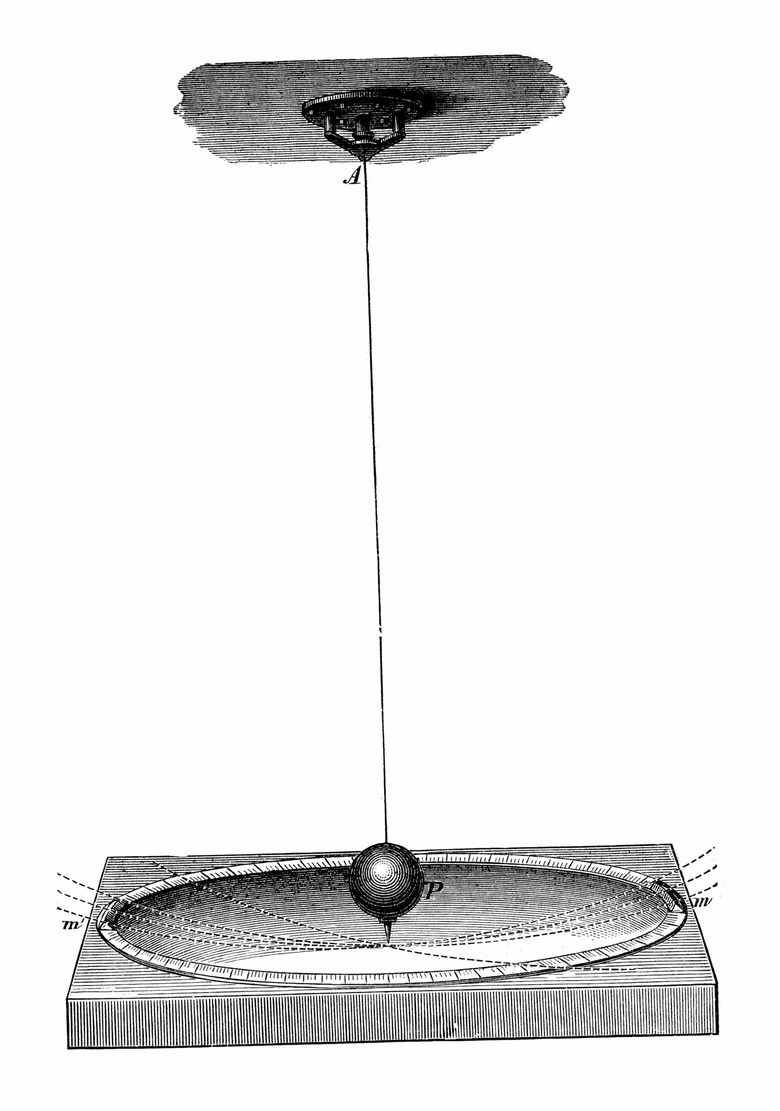What Is The Purpose Of The Pendulum?
A pendulum, derived from the Latin word "pendulus," meaning "hanging," is a body that hangs from a fixed point which, when pulled back and released, swings back and forth. It is the first direct visual evidence that demonstrates the rotation of the earth that isn't based on observing the stars circle in the sky. Almost every major science museum has a pendulum that you can see in motion.
History
History
The Italian physicist and astronomer Galileo Galilei discovered the principle of the oscillatory motion of the pendulum. He discovered the pendulum in 1581. In his experiments, Galilei established that the time it takes for the back-and-forth motion of a pendulum of a given length remains the same even if its arc, or amplitude, decreases. Through the pendulum, Galilei discovered isochronisms, the pendulum's most important characteristics, which make them useful in measuring time.
Pendulum's Forces
Pendulum's Forces
Pendulums act upon different forces.The pendulum's inertia — the resistance of a physical object — is what makes the pendulum swing straight out and up. The downward force of gravity, which is the force that causes two objects to pull toward each other, is what pulls the pendulum straight back. Another force, air resistance, which determines the pendulum's velocity, makes a pendulum swing in shorter arcs.
How Pendulums Work
How Pendulums Work
A so-called simple pendulum consists of a mass, or weight known as a bob, hanging from a string, or cable, of a certain length and fixed at a pivot point. When shifted from its starting position to an initial angle and released, the pendulum swings back and forth freely with periodic motion. All simple pendulums should have the same period, which is the time for one complete cycle of a left swing and a right swing, regardless of their initial angle.
Purpose
Purpose
Different kinds of pendulums include the bifilar pendulum, the Foucault pendulum and the torsion pendulum. A bifilar pendulum has been used to record the irregular rotation of the earth as well as to detect earthquakes. The Foucault pendulum, which French physicist Leon Foucault invented, is used to demonstrate the rotation of the earth. A torsion pendulum, although not strictly a pendulum because it doesn't oscillate because of the force of gravity, is often used for time-keeping purposes, such as regulating the movement of clocks.
Cite This Article
MLA
Romualdez, Veronica. "What Is The Purpose Of The Pendulum?" sciencing.com, https://www.sciencing.com/purpose-pendulum-8791840/. 24 April 2017.
APA
Romualdez, Veronica. (2017, April 24). What Is The Purpose Of The Pendulum?. sciencing.com. Retrieved from https://www.sciencing.com/purpose-pendulum-8791840/
Chicago
Romualdez, Veronica. What Is The Purpose Of The Pendulum? last modified March 24, 2022. https://www.sciencing.com/purpose-pendulum-8791840/
